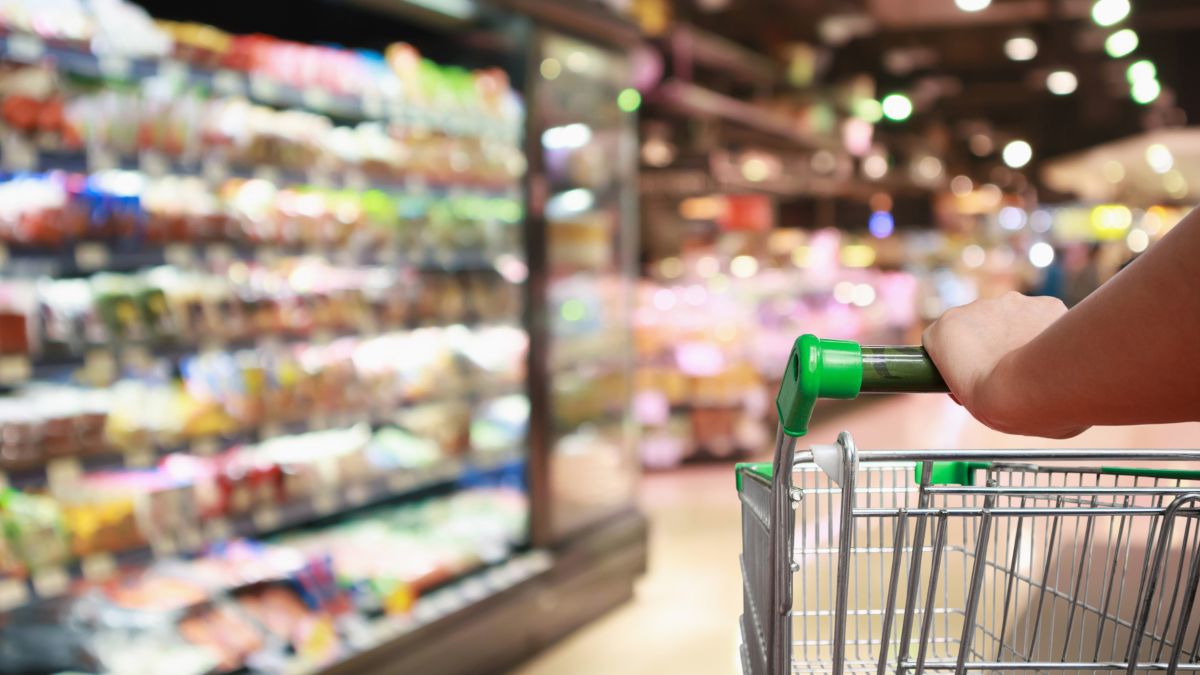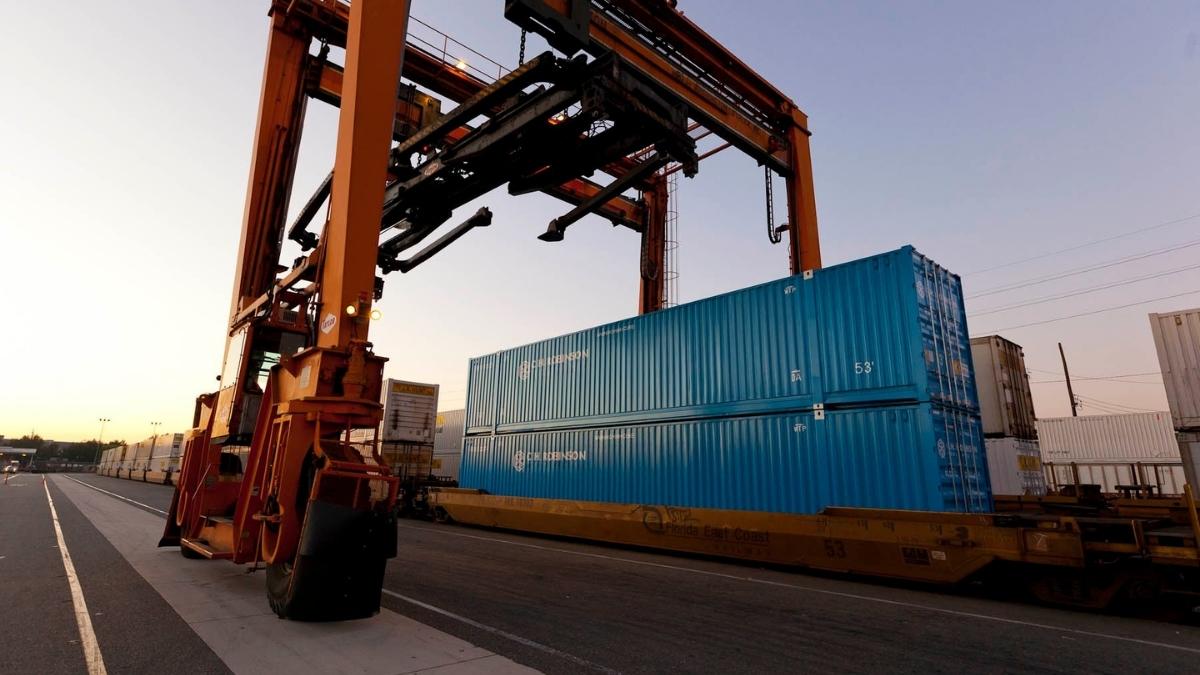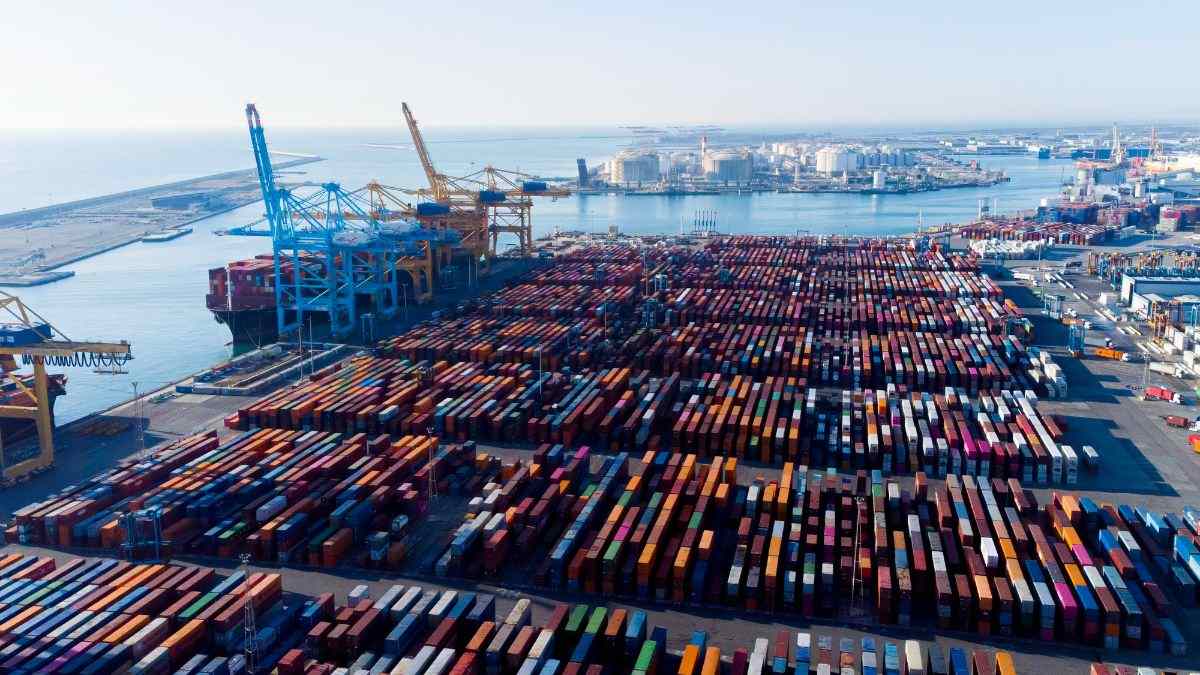
The only constant in supply chains today? Change - and it's coming faster than ever. For leaders in the retail and food and beverage industries, that means navigating a high-stakes mix of evolving consumer habits, global uncertainty, and nonstop advances in technology. The old playbook isn't just outdated. It's obsolete.
At C.H. Robinson, we work with more than 7,500 companies across these industries and recently convened many of them for our Retail and Food & Beverage Logistics Forum. Together, the group represented more than $500 billion in annual commerce, providing an opportunity to exchange ideas, surface shared challenges, and identify the strategies driving supply chain success in today’s market.
Three key themes emerged from the discussions, along with practical takeaways to help your business stay competitive in this environment.
1. Demand uncertainty is reshaping inventory strategy
The first, and arguably most complex, trend centers around consumer demand. Economic signals remain mixed, with conflicting indicators on consumer spending, sentiment, and confidence. This makes demand forecasting more difficult, even as consumer expectations for availability and service are rising.
In response, many retailers and food and beverage companies are rethinking their inventory strategies. One of the most notable shifts is the move away from a just-in-time approach—designed for efficiency and minimal inventory holding—toward a more just-in-case model that prioritizes flexibility, risk mitigation, and better visibility upstream. This pivot allows companies to better absorb demand swings and supply disruptions without compromising service.
But building that kind of agility doesn’t happen in isolation. Across the forum, leaders emphasized the growing importance of strategic partnerships across the supply chain, from sourcing and manufacturing to transportation and merchandising. By engaging vendors and suppliers earlier and fostering greater transparency around changing costs, especially those related to transportation and trade policy, companies are gaining more control over when and how they place orders. That flexibility ultimately impacts everything from routing and fulfillment to whether or not increased costs will need to be passed on to consumers.
It was a common theme throughout the event: proactive communication across every node of the supply chain is now critical to anticipating challenges, mitigating surprises, and planning with confidence.
At a tactical level, companies are also adapting with strategies like:
- Spreading out shipping volume: With holiday shopping starting earlier and consumers spreading out purchases, retailers are frontloading inventory and staggering shipments to clear stock, match the extended season, and smooth peak demand—helping prevent missed sales.
- Expanding their planning horizon: With long production lead times and overseas transit often taking 20–30 days, last-minute adjustments aren’t feasible. Building flexibility into order timing and routing well ahead of time has become essential to staying ahead of demand.
- Strengthening returns strategies ahead of Q4: especially as returns are expected to exceed $890 billion this year, making reverse logistics a critical part of inventory and service planning.
The bottom line
You may not be able to control demand, but you can build a supply chain that adapts to it. Many retailers and shippers use C.H. Robinson Freight Market Update to better understand industry trends, monitor key market signals, and inform more agile demand and inventory strategies.
2. Visibility at the item level is the next opportunity for retail supply chains
As supply chains grow more complex and consumer expectations continue to rise, the level at which goods are tracked has become a meaningful factor in supply chain performance. While many retailers still operate primarily at the shipment or load level, sectors like food service and restaurants have increasingly adopted Item-level Solutions as part of their standard operations.
At the forum, supply chain experts emphasized how more granular visibility is enabling better alignment between inventory, demand, and transportation. When shippers can see what's happening at the item level, they’re better positioned to respond to disruptions, improve replenishment, and enhance customer service.
This evolution is also being supported by a broader wave of technology investment. While automation and AI are beginning to enhance areas like forecasting, disruption alerts, and exception management, the foundation of accurate, real-time data at the item level is what makes these tools truly effective.
If you’re still tracking your supply chain at a shipment or order level, now is the time to ask: What would greater control and visibility unlock for your business?
3. Trade disruption is fueling a new era of supply chain adaptability
Global sourcing strategies are under the microscope as new U.S. tariffs and trade rules emerge, often with little notice. Policy uncertainty is causing retail and food and beverage shippers to reconsider how they structure their supply chains.
In just the past few months, the industry has experienced a surge in new tariffs on a wide range of goods from key trade partners. At the same time, there have been delays and lingering uncertainty around the negotiation of new U.S. trade agreements. These developments have prompted many shippers to engage in extensive tariff scenario planning and some to pull freight forward in anticipation of potential policy shifts.
Supply chain leaders are no longer just looking for cost efficiency. They're designing supply chains that can flex, adapt, and withstand disruption.
Here’s how companies are increasing resilience:
- Nearshoring and friend-shoring to reduce exposure to geopolitical risk and shorten transit times
- Diversifying upstream sources of raw materials, not just finished goods, to better manage supply continuity
- Using Foreign Trade Zones (FTZs) to delay or reduce duty payments, improve inventory control, and gain flexibility on product handling
- Running tariff risk scenarios to evaluate how potential policy changes could impact sourcing decisions and overall landed costs, using tools like C.H. Robinson U.S. Tariff Impact Analysis Tool to assess exposure and test strategies under evolving trade conditions
- Partnering with customs experts to proactively adjust strategies before new regulations take effect
- Engaging directly with policymakers and government officials to provide firsthand business insights on how evolving trade policies are impacting operations
Shippers that invest in resilience now will be better positioned to respond quickly, protect margins, and meet customer expectations—even in times of global disruption.
What comes next?
Each of these trends requires not just technology, but trusted partnerships and deep operational expertise. At C.H. Robinson, we’re proud to help retail, and food & beverage companies of every size navigate these challenges with confidence.
Whether it’s helping you implement item-level tracking, build a tariff strategy, or streamline your inventory flows, we’re here to move your supply chain forward. Our experts are here to help your team prepare for what’s next and build a supply chain that thrives in a world of constant change.



